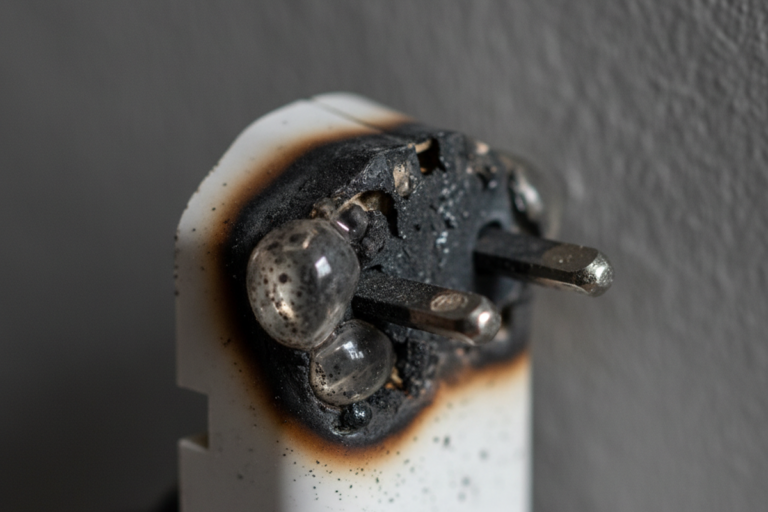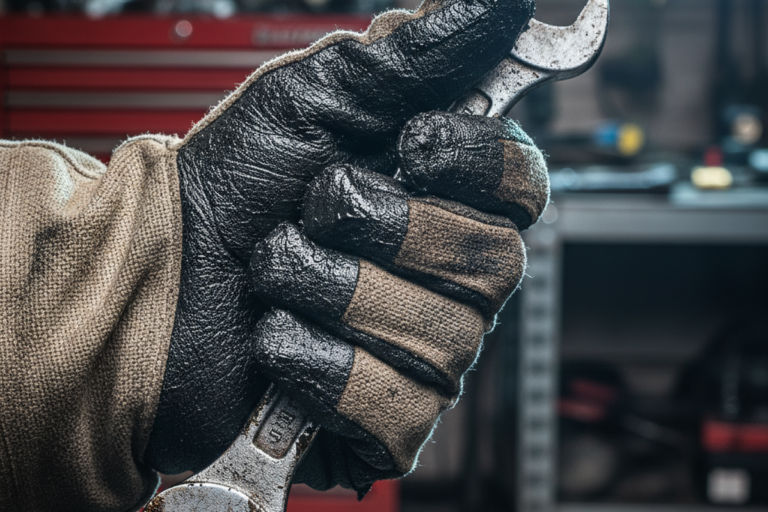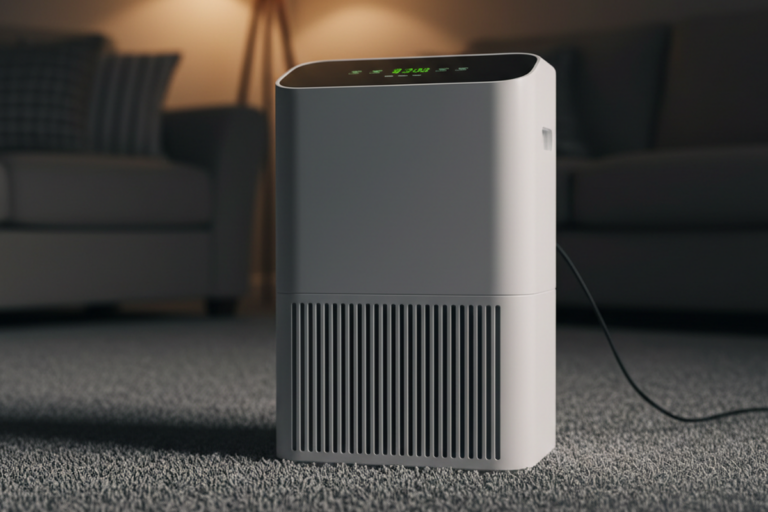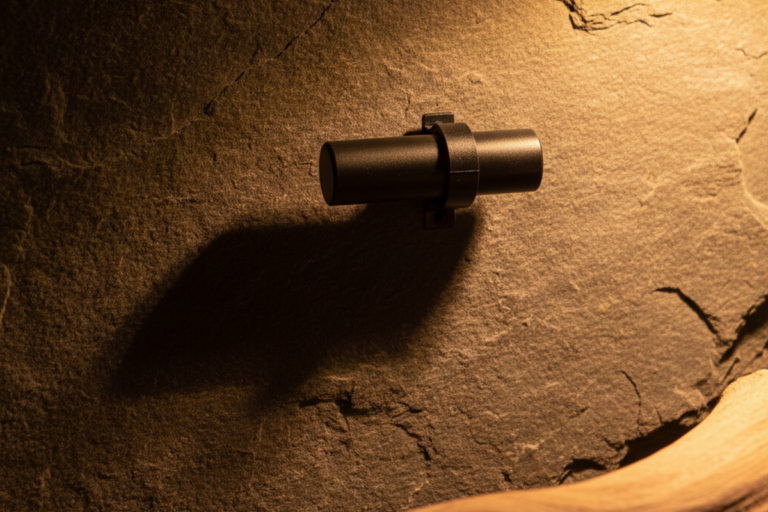
The Hidden Fire Hazard in Your Rental: Automating Dehumidifiers Without Burning Down the House
Rayzeek reveals the hidden fire risk of automated dehumidifiers in rentals and why cheap plugs fail under compressor surge. Learn why inductive loads demand heavier gear and how to design safe automation that protects guests and assets.









